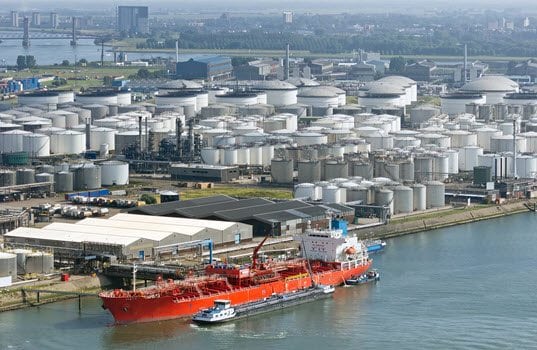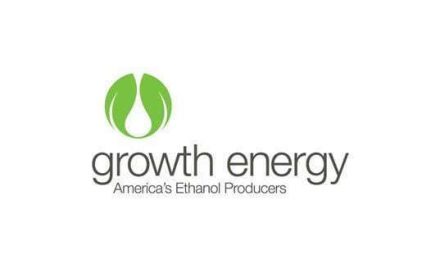By Nancy Yamaguchi, PhD
Like any revolution, the Shale Revolution is causing change. Some of the changes are logical and predictable, but others are somewhat surprising and are having more wide ranging impacts than predicted. In the US, the shale revolution is causing a dramatic reversal of the downward slide in crude production, like an airplane landing, then suddenly firing thrusters and taking off again. This applies to new fields like the most notable Eagle Ford, Bakken and Marcellus shale plays, as well as to what were thought to be declining and played fields such as many in the Texas Midland Odessa area and Permian Basin. How far and how high will production go? It will depend on long-term price. Because of restrictions on exports, the upsurge in production reduced domestic crude pricing more than expected, which created localized surpluses. The uneven impacts on pricing segmented the US markets, and it gave a price advantage to refineries with greatest access to the inexpensive crudes. The price disparity is leveling out, and global prices are now suppressed as well.
There are laws that create barriers to free trade in US crude oil. Some call them an “export ban,” which technically is incorrect, as this article will explain in a section following.
The main restrictions date back to the 1970s, a time of oil price shocks and concerns over supply security. Much has changed since then, and the debate has been reopened. Many will argue that the laws do nothing to improve security. Theoretically, distortions to free trade create market inefficiencies that prevent resources from flowing to their highest-value use. In short, the US can institute policies that shift things about, but if the market distortions become significant, people will find a way to work around them. Many economists believe that it is time to scrap the restrictions on domestic crude exports. From the perspective of a fuel marketer, what do the restrictions do, and how have they impacted domestic vs. foreign supply?
Location, Location, Location: Why the New Crudes Do Not Benefit All Markets
Figure 1 presents the trend in crude production in Texas, North Dakota, and the three states sharing the Niobrara play: Colorado, Kansas and Nebraska.1 In 2004, crude production in these states was 1320 thousand barrels per day (kbpd). Crude production was trending downward, like a plane coming in to land. The advances in hydraulic fracturing and horizontal drilling reversed this. Production rose to 4625 kbpd in 2014, an increase of two and half times within a decade. These producing areas are down the central corridor of the United States. The rise in Canadian output, just north of the border, added even more to US supply, since most Canadian exports flow down through the center of the US as well.
Unequal Access by Refineries
The rise in light tight oil production combined with an increase in Canadian production caused a buildup of crude supply in the central part of the US. Refineries along the path of this supply enjoyed low prices, and their throughput rose. In the year 2011, refinery utilization on the US East Coast, PADD 1 (Petroleum Administration for Defense District), had fallen to a dismal 68%. Across the country in PADD 5, the US West Coast, refinery utilization was only 81.9%. In contrast, utilization in the Great Lakes/Midwest, PADD 2, was 91.1%. Refinery utilization in the US Gulf Coast, PADD 3, was 88.9%. And utilization in the Rocky Mountain States, PADD 4, was 87.5%.
Figure 2 shows how refinery utilization rates in the center of the country pulled away from the rates achieved on the coasts. PADDs 2, 3 and 4 are depicted in the sunshine colors red, orange and yellow, while PADDs 1 and 5 are depicted in light and dark blue. Utilization rates in the center of the country, with their access to cheaper crude feedstocks, have been generally above 90% over the past few years, while rates on the coasts have languished in the 80s and below.










